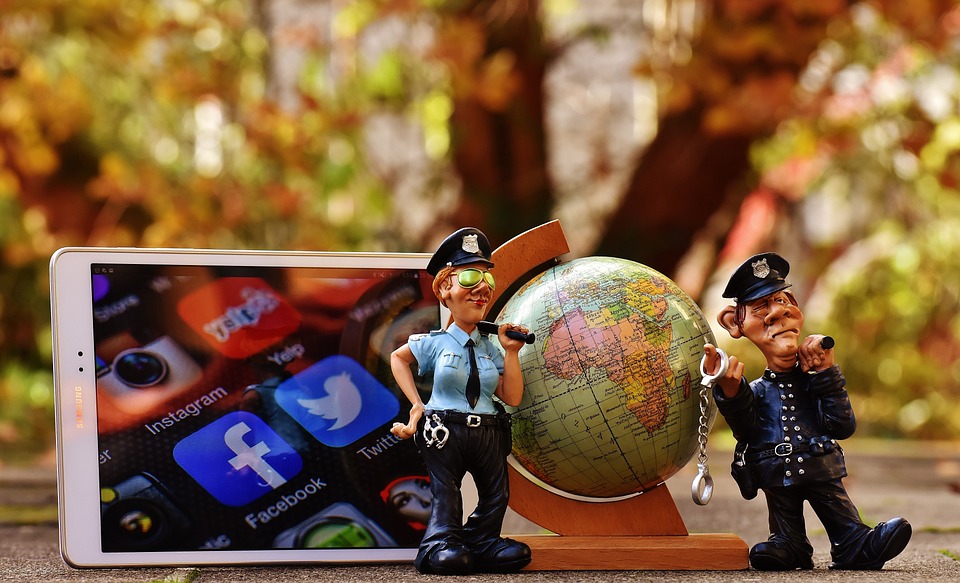The Psychology of Social Media Posts: What Influences Engagement?
Social media has transformed the way we communicate and interact with one another. It has become a powerful tool for individuals and businesses to connect with their audiences. The success of social media marketing campaigns largely depends on how well they engage their followers. Researchers have found that there are several psychological factors that influence engagement on social media posts. In this article, we explore what these factors are and how they influence social media engagement.
1. Emotions
Emotions play a significant role in the success of social media posts. People are more likely to engage with content that evokes emotions such as happiness, sadness, anger, surprise, and fear. Posts that make people feel good tend to generate more engagement. On the other hand, posts that make people angry or sad can also generate a lot of engagement, but they need to be handled with care.
2. Visuals
Visuals are another key factor that drives engagement. People are more likely to engage with posts that have eye-catching images or videos. Posts that are text-heavy are often ignored, as people tend to scroll through their feeds quickly. Using images and videos can help your posts stand out and capture people’s attention.
3. Timing
Timing is everything when it comes to social media engagement. Posting at the right time can greatly increase your chances of getting more likes, comments, and shares. Research has found that the best times to post on social media are when your audience is most active. This may vary depending on the platform you’re using and the demographic you’re targeting.
4. Curiosity
Curiosity is another human emotion that drives engagement on social media. People are naturally curious and are more likely to engage with posts that intrigue them. Asking questions, creating polls, and sharing interesting facts are all great ways to spark curiosity and encourage engagement.
5. Personalization
Personalization is essential for building engagement on social media. People want to feel like they’re being heard and understood. Tailoring your posts to your audience’s interests, needs, and preferences can help you build a stronger connection with them.
6. Authenticity
Authenticity is another factor that influences engagement on social media. People want to engage with real, genuine content. They want to feel like they’re interacting with humans, not robots. Being authentic on social media can help you build trust, credibility, and a loyal following.
7. Social Proof
Social proof is the idea that people are more likely to do something if they see others doing it. Social media is no exception. Posts that have high engagement rates often attract more engagement, as people are more likely to engage with posts that have already received a lot of likes, comments, and shares.
Conclusion
Social media engagement is crucial for the success of any marketing campaign. Understanding the psychological factors that influence engagement can help you create more effective and engaging content. Emotions, visuals, timing, curiosity, personalization, authenticity, and social proof are all key factors to consider when creating social media posts. By prioritizing these factors in your social media strategy, you can increase engagement and build stronger connections with your followers.
FAQs:
1. Can controversial posts generate high engagement?
Controversial posts can generate high engagement, but they need to be approached with caution. If your posts offend or upset your followers, you risk losing them.
2. How often should I post on social media?
The frequency of your social media posts depends on the platform you’re using and your target audience. Posting too often can be overwhelming, while posting too infrequently can lead to low engagement.
3. What type of visuals should I use on social media?
Eye-catching visuals that are relevant to your content tend to generate the most engagement. High-quality images and videos are particularly effective.
4. How can I personalize my social media posts?
Understanding your audience’s interests, needs, and preferences can help you tailor your posts to them. You can also use personalization features such as location targeting and dynamic content.
5. What are some effective ways to spark curiosity on social media?
Asking questions, creating polls, teasing upcoming content, and sharing interesting facts are all great ways to spark curiosity and encourage engagement.






